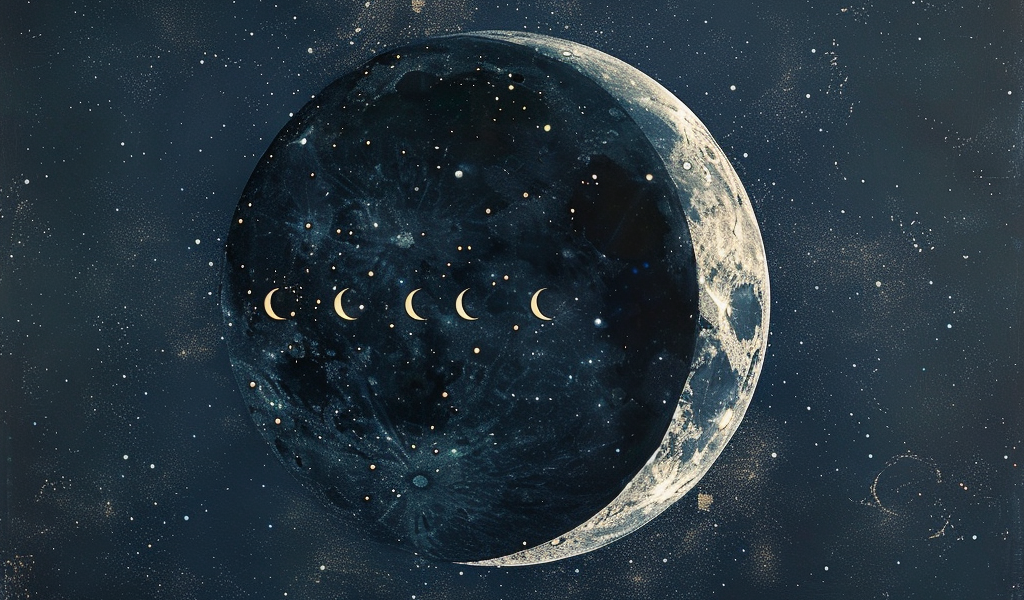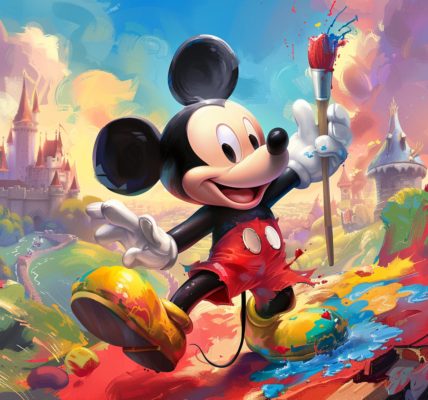On October 24, 2024, Google unveiled an engaging Doodle that celebrates the fascinating world of lunar phases, inviting users to test their knowledge through an interactive online game. This Doodle specifically highlights the ‘half Moon’ phase, also known as the quarter Moon, as part of a broader educational initiative that encourages exploration of celestial phenomena.
The lunar cycle, which governs the appearance of the Moon from Earth, is a captivating subject that has intrigued humanity for centuries. It is a continuous process influenced by the gravitational interactions between the Sun, Earth, and Moon. This cycle consists of various phases, including new Moon, waxing crescent, first quarter, waxing gibbous, full Moon, waning gibbous, last quarter, and waning crescent. Each phase represents a different portion of the Moon illuminated by sunlight, creating a stunning visual display in the night sky.
As the Moon transitions from a new Moon—when it is completely dark—to a full Moon, it undergoes a series of changes that can be observed and studied. The period leading up to the full Moon is known as the waxing phase, during which more of the lunar surface becomes illuminated each night. Conversely, after reaching its full state, the Moon enters the waning phase, where the illuminated portion gradually decreases until it returns to a new Moon.
The Google Doodle on October 24 coincided with a specific point in this lunar cycle. Following the Super Hunter’s Moon, which occurred on October 17, 2024, the Moon was in its waning phase, transitioning towards a new Moon. This particular Doodle, while celebrating the ‘Half Moon’, actually depicted the third quarter Moon, a phase that occurs after the full Moon when the illuminated portion is again half-visible from Earth.
To clarify the terminology, the Moon is referred to as a ‘first quarter’ when it is half-lit during the waxing phase, and a ‘third quarter’ when it is half-lit during the waning phase. This distinction is crucial for astronomers and lunar enthusiasts, as the terms ‘quarter Moon’ and ‘half Moon’ are often used interchangeably in casual conversation.
The interactive game featured in the Doodle allows players to engage with these lunar phases in a fun and educational manner. The gameplay resembles a classic tic-tac-toe format where users match different cards showcasing various Moon phases. The objective is to create pairs of identical cards, such as matching a waxing crescent with another waxing crescent. This engaging mechanic not only entertains but also reinforces knowledge about the Moon’s phases.
In addition to the gameplay, the Doodle serves as a reminder of the beauty and complexity of our nearest celestial neighbor. The Moon has held a significant place in human culture, influencing art, literature, and science throughout history. Its phases have been used to track time, navigate, and even inspire myths and legends across different civilizations.
As players immerse themselves in the Doodle’s game, they are encouraged to learn more about the science behind the Moon’s phases, including the effects of the Sun’s position relative to the Earth and Moon. Understanding this relationship enhances our appreciation of the natural world and the cosmic dance that governs it.
For those interested in deepening their knowledge of astronomy, the Doodle is an excellent starting point. It highlights the importance of recognizing the Moon’s various phases and their significance in the broader context of celestial mechanics. Additionally, it underscores the role of technology in making scientific concepts accessible and engaging for everyone.
In summary, the Google Doodle on October 24, 2024, is not just a playful game; it is an opportunity to explore the wonders of the lunar cycle and to appreciate the intricate relationship between the Earth, the Moon, and the Sun. As users navigate through the game, they are reminded of the beauty of the night sky and the endless possibilities for discovery that await those who look up.





